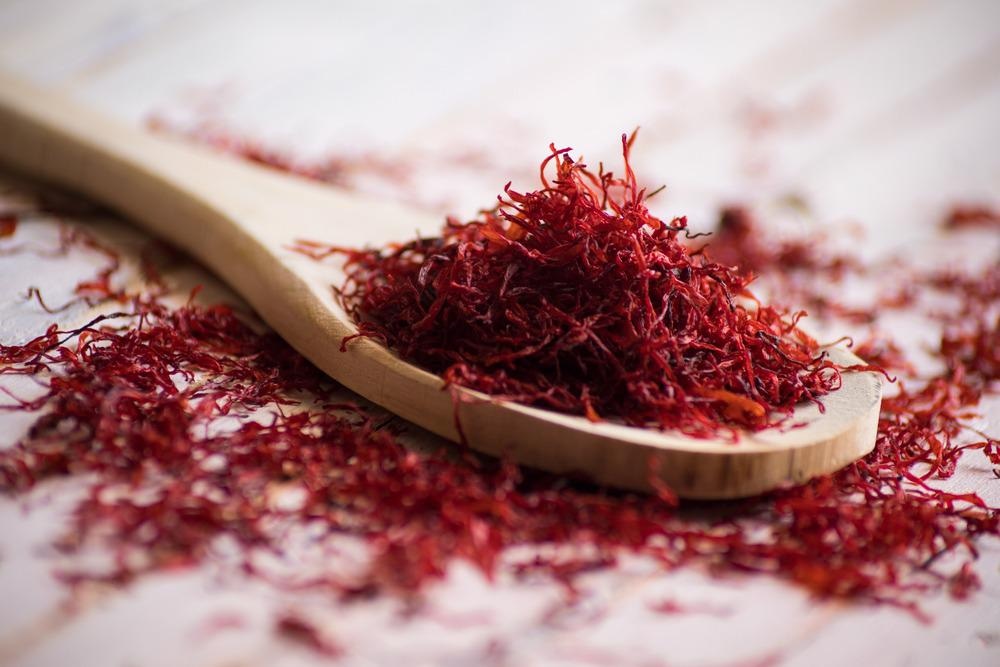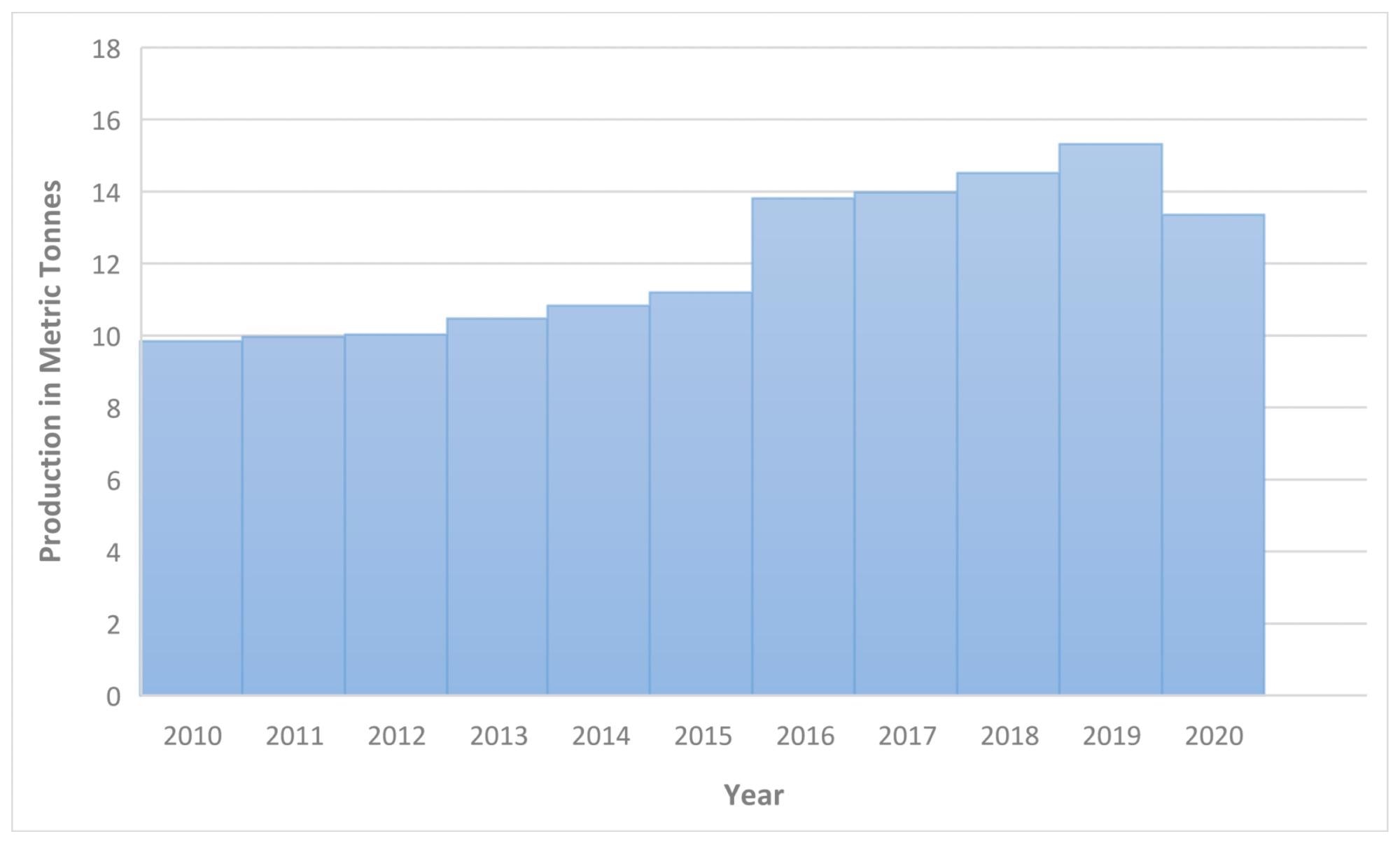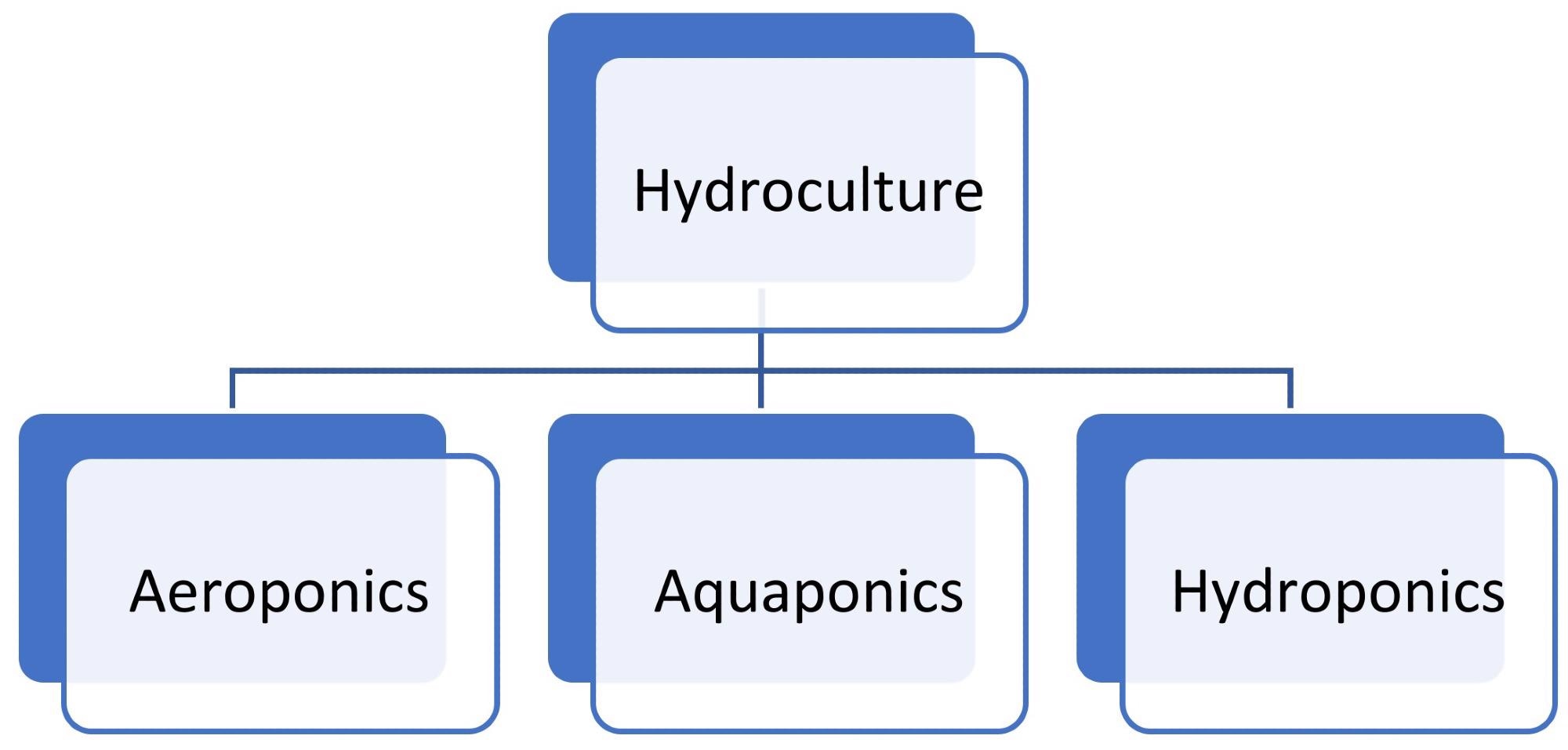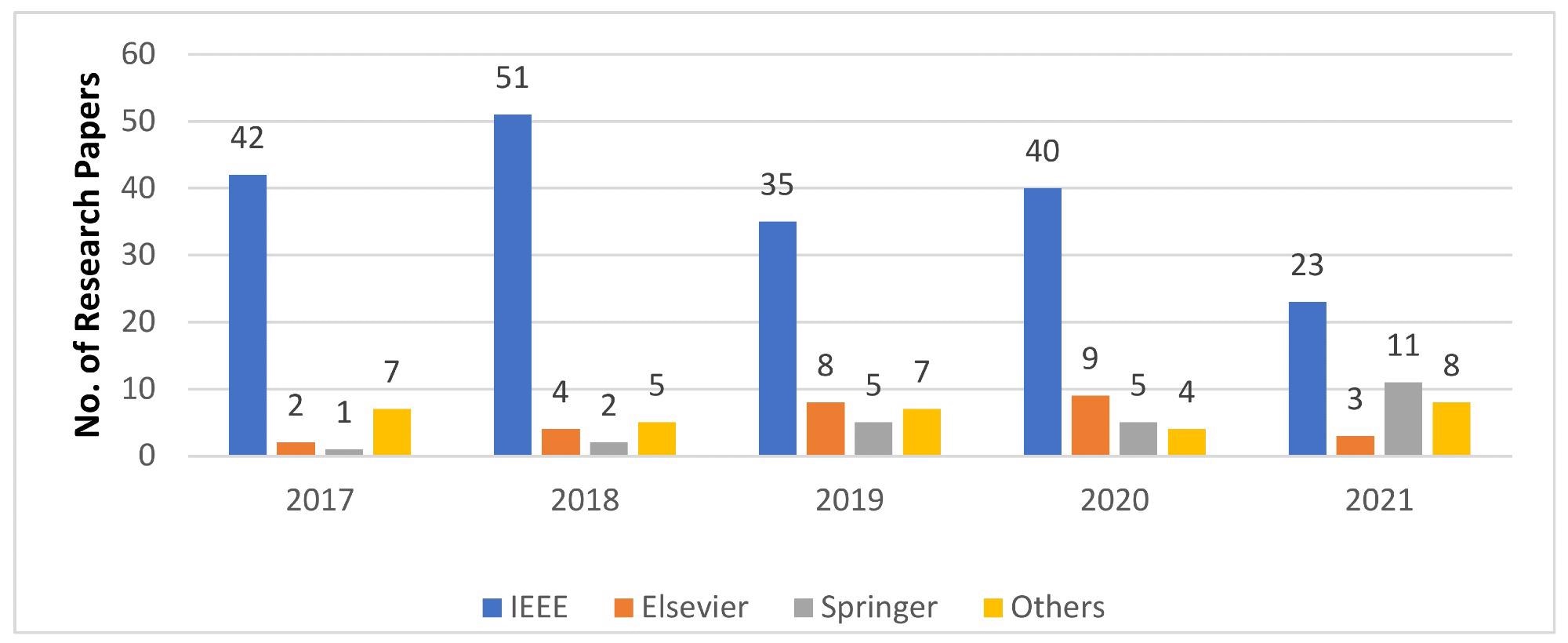Amongst strategies to safeguard yields in the face of climate change, hydroponic approaches integrated with IoT technologies have emerged. To investigate this strategy, a paper has been published in the journal Sustainability.

Study: Smart-Hydroponic-Based Framework for Saffron Cultivation: A Precision Smart Agriculture Perspective. Image Credit: hemro/Shutterstock.com
Climate change has led to severe disruptions in worldwide crop growth. Saffron, one of the most expensive global crops, is integral to the economy of India and likewise has been affected by a warming global climate.
Climate Change, Agriculture, and Technological Solutions
The world’s population is growing at a seemingly exponential rate, predicted to reach 9.8 billion by 2050. With this increase in population comes the problem of how to feed people in countries such as India, one of the fastest developing global economies. The backbone of food production is the agricultural sector, and we are currently seeing the effect of human-led climate change on this sector.

Saffron Production over the years in J and K, India. Image Credit: Kour, K et al., Sustainability
Modern agriculture demands technological solutions to its challenges in the 21st century. Traditional farming methods face many issues which can be addressed using technology. These issues include workforce requirement, time consumption, soil nutrient deficiencies, and increasing space consumption. Recent advances which have proven useful in agriculture include robotics, big data, machine learning, smart sensors, and the internet of things (IoT.)
These technologies are increasingly being used to develop smart farming techniques which address the multiple challenges associated with crop cultivation. One such technology which does not require the use of soil is hydroculture. The field of hydroculture can be divided into several subtypes, such as hydroponics, aquaponics, and aeroponics.
Hydroponics uses water as a cultivation medium for crops. IoT can be implemented in hydroponics applications for purposes such as continuous monitoring of crop growth and health. Additionally, controlled environments reduce the damage caused by pests and parasites, improving the quality of crops. Using IoT technologies, farmers can remotely monitor crops and make strategic interventions to ensure maximum crop health and yield. Hydroponics has several approaches.
Saffron: A Key Crop
Saffron is one of the most expensive crops in the world, and has been cultivated in nations such as Italy, India, and Afghanistan, providing a significant boost to their economies. In Herat, Afghanistan, $2.6 billion has been generated by cultivation of the crop, with 600 hectares given over to saffron production. World saffron production is estimated to be in the region of 200 metric tons annually.
Over recent years, saffron crops have been severely impacted by climate change. These problems have manifested in the sudden decline of the crop in some countries including India and Spain, with Iran now producing 90% of the world's saffron.

Different Hydroculture Systems. Image Credit: Kour, K et al., Sustainability
Growing saffron is an intensive and laborious process, requiring lots of manual operation. Additionally, temperatures below 55oC are required for drying the stigmas and maintaining quality. Additionally, quality can be compromised if the basal part of the stigmas is not kept intact. Moreover, a lack of adequate storage per scientific norms leads to further adulteration of the crop.
Due to its economic importance for several world economies, improving the production, yield, and quality of saffron is a key concern for agricultural scientists.
The Study
A study published in the journal Sustainability has investigated methods of improving saffron production using hydroponics. The authors of the study have stated that its major contributions are a detailed summary of production and the reasons for declining yields, a comparative analysis of different hydroponic techniques, an analysis of different artificial approaches for saffron cultivation, and the proposal of a smart hydroponic system utilizing IoT technologies and its future scope.
Additionally, the study has provided a systematic literature review of current research. The authors have considered peer-reviewed research articles indexed in the ISI and Web of Science proceedings. 100 papers that met the study’s criteria for quality were chosen.
Issues that influence the decline in global saffron production were identified and compared statistically. These were the non-availability of decent quality saffron corns, nutrient-deficient soil, uneven rainfall distribution, a lack of efficient post-harvesting practices, and efficient pest and weed management practices. Amongst agronomic variables, the study additionally identified temperature as being the parameter that is used most to increase saffron yield.

Yearly research paper publications by publishers. Image Credit: Kour, K et al., Sustainability
The IoT-enabled smart hydroponic saffron cultivation system proposed in the research utilizes renewable energy sources such as solar power and hydroelectricity to ensure optimal operation in areas with scarce access to electricity. The hydroponic method chosen was NFT, which is reliable and has good water-recycling capabilities.
The proposed system includes a smart power source, growth chamber, nutrient storage tank, a smart corn basket, user interface, and cloud data storage. The authors have stated that the future scope of the research will be the implementation of the technology.
Further Reading
Kour, K et al. (2022) Smart-Hydroponic-Based Framework for Saffron Cultivation: A Precision Smart Agriculture Perspective [online] Sustainability 14(3) 1120 | mdpi.com. Available at: https://www.mdpi.com/2071-1050/14/3/1120
Disclaimer: The views expressed here are those of the author expressed in their private capacity and do not necessarily represent the views of AZoM.com Limited T/A AZoNetwork the owner and operator of this website. This disclaimer forms part of the Terms and conditions of use of this website.